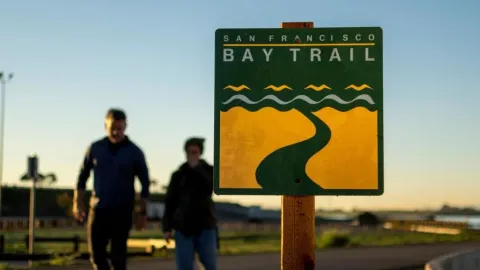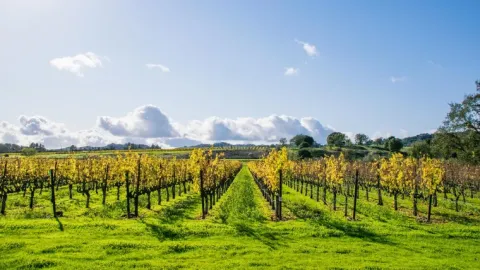
The state Coastal Conservancy has achieved a critical milestone with the installation of 200 native oyster reef structures along Point San Pablo in Richmond, the San Francisco Estuary Partnership reports.
The spherical and angular "reef balls," made from a mixture of oyster shell, sand, rock and concrete, are intended to establish new beds of native Olympia oyster in the bay.
The oyster, which measures no more than 1.5 inches in diameter when fully grown, once was plentiful in the bay, acting as a water purifier, as well as habitat and food for a variety of fish species.
Overharvesting and pollution helped diminish their numbers in the 19th and 20th centuries, while sediment and development in the bay eliminated hard surfaces on which the oysters need to grow. The reef balls provide that hard surface.
One of its key functions is its ability to act as a mini-filter. Although small, the oyster can take in large quantities of sea water — as much as 20 to 30 quarts an hour — and extract pollutants and algae-causing plankton.
The reefs may also serve to protect shorelines from wave action and erosion, key as the region faces sea-level rise. The work is part of a larger project to create a living shoreline and improve habitat for Pacific herring, salmon, fish, birds, and a variety of other species in the San Francisco Bay.



Submit your comment
In order to receive a reply to your comment, please provide an email address.